Home>Garden Essentials>Who Is The Turf Grass Subject According To Robbins?
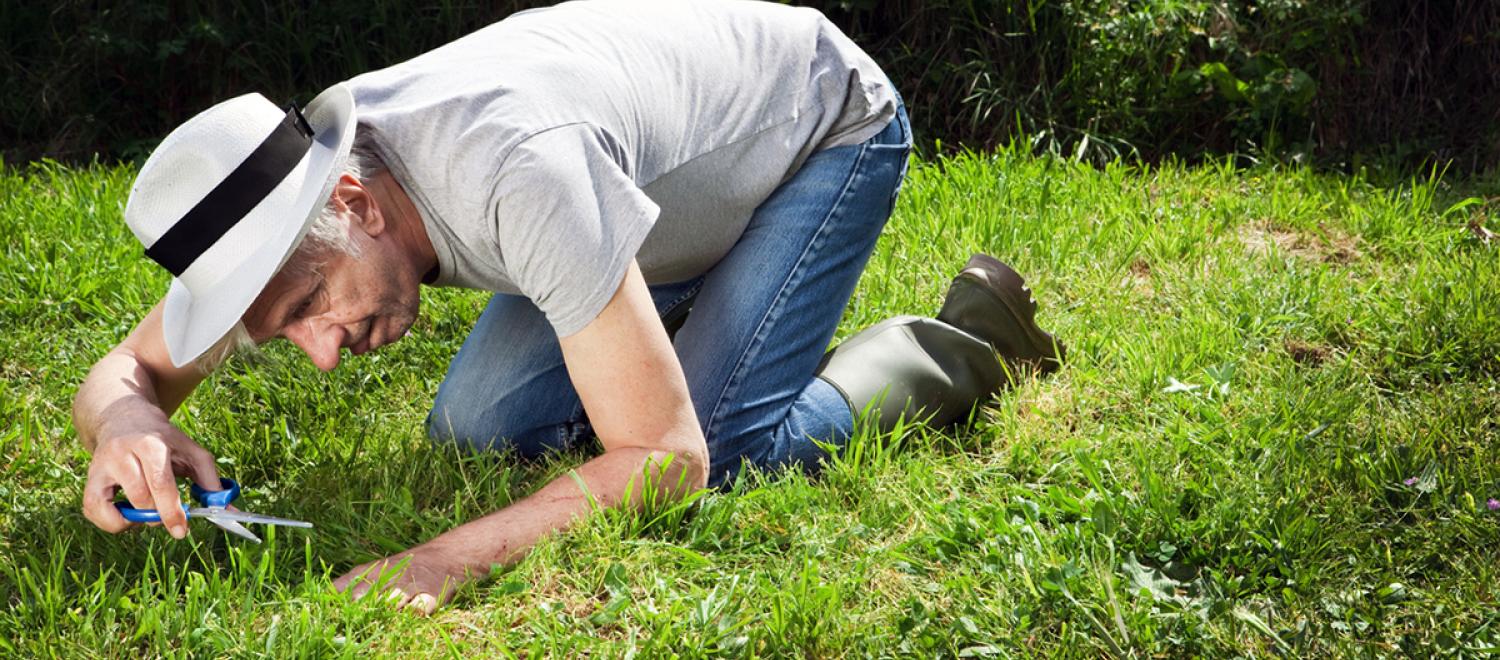

Garden Essentials
Who Is The Turf Grass Subject According To Robbins?
Modified: September 2, 2024
Discover who Robbins considers to be the turf grass authority and enhance your garden with their expertise.
(Many of the links in this article redirect to a specific reviewed product. Your purchase of these products through affiliate links helps to generate commission for Storables.com, at no extra cost. Learn more)
Introduction
Welcome to the fascinating world of turf grass! If you’ve ever marveled at the lush green lawns in your neighborhood or found solace in walking barefoot on a perfectly manicured turf, then you are already familiar with the beauty and allure of this subject.
Turf grass is an integral part of our natural and built environment. It serves as a foundation for recreational activities, a canvas for landscape design, and a symbol of well-maintained spaces. However, beyond its aesthetic appeal, there is a whole realm of knowledge waiting to be explored.
In this article, we will delve into the realm of turf grass subject as viewed through the perspective of renowned scholar, Dr. Franklin Robbins. As an expert in the field, Robbins has spent decades studying and understanding every aspect of turf grass.
So, what exactly is the turf grass subject? According to Robbins, it encompasses a broad range of disciplines such as botany, agronomy, horticulture, soil science, pest management, and more. It is a multidimensional subject that integrates various factors, including environmental impact, cultural practices, and human interaction with turf grass.
Robbins has established specific criteria to determine the turf grass subject. These include the species of grasses used for turf, the scientific study of their growth and maintenance, the practical application of turf grass management principles, and the impact of turf grass on the environment and society.
It is important to note that the turf grass subject goes beyond the typical home lawn. While residential turf is certainly a significant component, it also extends to larger areas like golf courses, sports fields, parks, and commercial landscapes. Understanding the intricacies of turf grass management is crucial for maintaining the health and vitality of these spaces.
Various factors influence the definition and scope of the turf grass subject. Climate, soil type, available resources, and cultural preferences all play a role in determining the best practices for turf grass management in different regions. Additionally, emerging trends in sustainability, water conservation, and biodiversity conservation have introduced new considerations into the turf grass subject.
While Robbins’ perspective offers valuable insight into the study of turf grass, it is not without its critiques. Some argue that it focuses too heavily on the scientific and technical aspects, neglecting the cultural and social dimensions of turf grass. Others believe that the subject should encompass a broader understanding of greenspaces and their role in urban ecosystems.
Throughout this article, we will explore the different types of turf grass, their relevance to the subject, and the factors that influence its definition and scope. We will also touch upon alternative viewpoints and critiques, offering a well-rounded understanding of the turf grass subject.
So, join us on this journey as we dive deep into the world of turf grass, unravelling its mysteries and discovering the wonders that lie beneath the surface.
Key Takeaways:
- Turf grass, as defined by Dr. Franklin Robbins, encompasses scientific, practical, and environmental aspects, shaping vibrant and sustainable landscapes for communities to enjoy and benefit from.
- While traditional turf grass management has its merits, alternative viewpoints emphasize the need for more sustainable and environmentally friendly approaches to create resilient and ecologically conscious landscapes.
Read more: What Is Turf Grass
Overview of Robbins’ Perspective on the Turf Grass Subject
Dr. Franklin Robbins has made significant contributions to the field of turf grass study, offering a comprehensive perspective that encompasses both the scientific and practical aspects of the subject. His work not only explores the technicalities of turf grass management but also investigates the broader implications and impact of turf grass on society and the environment.
Robbins approaches the turf grass subject with a holistic viewpoint, recognizing that it extends far beyond the realm of mowing and fertilizing lawns. He acknowledges turf grass as an integral part of our landscapes, contributing to the aesthetics, functionality, and overall well-being of both natural and built environments.
One of the key aspects of Robbins’ perspective is the emphasis on the role of research in turf grass management. He believes that scientific investigation is crucial for understanding the growth patterns, nutritional requirements, and pest management strategies specific to different turf grass species.
Robbins highlights the importance of studying the physiological factors that contribute to healthy turf grass, such as root development, photosynthesis, and water absorption. By understanding these mechanisms, professionals in turf grass management can develop effective maintenance practices that ensure the longevity and resilience of turf grass areas.
Another significant aspect of Robbins’ perspective is the consideration of environmental impact. He recognizes that the management of turf grass has the potential to affect ecosystems, water resources, and overall biodiversity. Robbins encourages the use of sustainable practices in turf grass management, promoting the reduction of chemical inputs, water conservation, and the incorporation of native plants and pollinator-friendly habitats.
Robbins’ perspective on the turf grass subject also highlights the importance of cultural practices. He recognizes that turf grass plays a significant role in various outdoor activities, from sports to leisurely picnics. By understanding the cultural preferences and expectations surrounding turf grass, professionals can tailor their management practices to meet these needs effectively.
Furthermore, Robbins acknowledges the social and economic impact of turf grass. He highlights the role of turf grass in enhancing property values, providing recreational opportunities, and promoting community engagement. By valuing and investing in the proper management of turf grass, societies can enjoy the numerous benefits it brings.
Overall, Robbins’ perspective on the turf grass subject offers a comprehensive understanding that encompasses the scientific, practical, environmental, and social dimensions. His work emphasizes the importance of research, sustainable practices, and cultural considerations in turf grass management. By following his guidance, professionals in the field can navigate the complexities of turf grass and contribute to the creation and maintenance of vibrant, healthy, and sustainable turf grass spaces.
Definition of the Turf Grass Subject
Defining the turf grass subject is essential to establish the parameters and scope of the field of study. Dr. Franklin Robbins provides a comprehensive definition that encompasses various disciplines, scientific principles, and practical applications.
Turf grass, according to Robbins, refers to a specialized type of grass that is specifically cultivated and managed for its aesthetic, recreational, and functional purposes. It includes both warm-season and cool-season grasses, each with its own set of characteristics and management requirements.
The turf grass subject encompasses a wide range of topics and disciplines, including botany, agronomy, horticulture, soil science, and pest management. It involves the scientific study of turf grass species, their growth patterns, nutritional requirements, pest and disease management strategies, and the impact of cultural practices on their health and vitality.
Moreover, the practical application of turf grass management principles is a key component of the subject. This includes techniques for mowing, watering, fertilizing, aerating, and controlling weeds, insects, and diseases. Understanding and implementing these practices is crucial for maintaining the overall health and appearance of turf grass areas.
Robbins also emphasizes the broader implications of the turf grass subject beyond individual lawns. It extends to areas such as golf courses, sports fields, parks, and commercial landscapes. Each of these settings has unique considerations, moisture requirements, and maintenance practices, making them integral parts of the turf grass subject.
Another important aspect of the turf grass subject is its impact on the environment. Robbins recognizes the potential environmental consequences associated with turf grass management, including water usage, chemical inputs, and the alteration of natural habitats. Therefore, he advocates for sustainable practices that minimize these impacts, such as incorporating native plants, using organic fertilizers, and implementing water conservation measures.
Furthermore, the turf grass subject acknowledges the role of cultural practices and preferences. Different regions and cultures have their own expectations and standards when it comes to turf grass appearance and usage. Professionals in the field must understand these factors to effectively manage turf grass and cater to the specific needs of their respective communities.
Overall, the turf grass subject is a multidimensional and interdisciplinary field that seeks to understand, manage, and enhance the growth and maintenance of turf grass areas. It combines scientific knowledge, practical applications, environmental awareness, and cultural considerations to create and maintain vibrant, healthy, and sustainable turf grass spaces.
Robbins’ Criteria for Determining the Turf Grass Subject
Dr. Franklin Robbins has established specific criteria for determining the boundaries and scope of the turf grass subject. These criteria serve as a framework for understanding the various aspects that contribute to the study of turf grass and its management.
The first criterion defined by Robbins is the use of specific grass species for turf purposes. Turf grasses are different from other types of grasses because they are selected and cultivated for their ability to withstand heavy foot traffic, maintain an attractive appearance, and provide functional benefits such as erosion control. Understanding the characteristics and requirements of these grass species is fundamental to the study of turf grass.
Scientific study and research are another crucial criterion outlined by Robbins. He stresses the importance of studying the growth patterns, nutritional needs, and physiological processes of turf grass. This scientific knowledge enables professionals in the field to develop effective management strategies that maintain the health and vitality of turf grass areas.
Practical application of turf grass management principles is also a significant criterion. It involves implementing techniques and practices such as mowing, fertilizing, watering, aerating, and controlling pests and diseases. These practical aspects are essential for maintaining the desired appearance and functionality of turf grass, regardless of the specific context in which it is used.
Environmental impact is a criterion advocated by Robbins for determining the turf grass subject. He recognizes that turf grass management practices, if not executed responsibly, can have negative consequences for the environment. By considering factors such as water usage, chemical inputs, and habitat alteration, professionals in the field can minimize these impacts and promote sustainable turf grass management.
Additionally, Robbins includes the societal impact of turf grass as a criterion. He acknowledges the role that turf grass plays in various cultural practices, recreational activities, and community engagement. Understanding the social and economic implications of turf grass helps professionals cater to the specific needs and expectations of different communities.
By utilizing these criteria, Robbins provides a comprehensive framework for defining and understanding the turf grass subject. This approach ensures that all relevant aspects, from specific grass species to scientific research, practical implementation, environmental considerations, and societal impact, are taken into account when studying and managing turf grass.
The turf grass subject according to Robbins is the individual or group being studied or observed in a particular research or study. It is the main focus of the research and the entity that the researcher is trying to understand or learn more about.
Examining Different Types of Turf Grass and Their Relevance to the Subject
The turf grass subject encompasses a wide variety of grass types, each with its own unique characteristics and suitability for different environments. Understanding the different types of turf grass is essential for effective management and maintenance. Let’s explore some of the most common turf grass varieties and their relevance to the subject.
1. Kentucky Bluegrass: This cool-season grass is widely used in northern regions and offers excellent durability and tolerance to traffic. Its dense growth habit and attractive appearance make it a popular choice for residential lawns, parks, and athletic fields. Understanding the specific requirements of Kentucky Bluegrass, such as its need for frequent watering and regular fertilization, is crucial for maintaining its health and vitality.
2. Bermuda Grass: As a warm-season grass, Bermuda Grass thrives in hot climates and is commonly found in southern regions. It has excellent heat and drought tolerance, making it ideal for golf courses, sports fields, and other high-traffic areas. Proper mowing and irrigation techniques are necessary for maintaining Bermuda Grass’s dense growth and resistance to pests and diseases.
3. Zoysia Grass: Another warm-season grass, Zoysia Grass is known for its exceptional tolerance to heat, drought, and foot traffic. Its slow growth pattern requires less mowing, making it a low-maintenance option for residential lawns, golf courses, and parks. Understanding Zoysia Grass’s unique growth characteristics and its establishment and maintenance requirements is crucial for successfully managing this turf grass variety.
4. Fescue Grass: Fescue Grass is a cool-season grass that can tolerate a range of temperatures and is commonly found in transition zones. It offers good shade tolerance and is often used for lawns, parks, and roadside areas. Understanding the specific requirements of Fescue Grass, such as its need for adequate water and regular overseeding, is crucial for its successful establishment and maintenance.
5. St. Augustine Grass: This warm-season grass is well-suited for coastal regions and has excellent salt tolerance. It boasts a lush appearance and is often used for residential lawns, parks, and commercial landscapes. Proper irrigation and pest control are essential for maintaining the health and vigor of St. Augustine Grass.
Each type of turf grass has its own maintenance requirements, including mowing height, irrigation needs, fertilization schedule, weed control, and pest management strategies. Professionals in the field must possess a deep understanding of these specific requirements to effectively manage and maintain each type of turf grass.
Additionally, it’s important to consider the relevance of different turf grass types to specific contexts. Golf courses, for example, often utilize a combination of different grass species to create optimal playing conditions across different areas of the course. Sports fields require grass varieties that can withstand heavy traffic and provide a durable playing surface. Residential lawns may prioritize aesthetics and comfort.
By examining the different types of turf grass and their relevance to the subject, professionals can make informed decisions regarding the selection, establishment, maintenance, and management of turf grass varieties. This knowledge ensures that the specific needs and requirements of each type of turf grass are met, leading to healthy, vibrant, and functional turf grass areas.
Read more: How To Clean Turf Grass
Factors Influencing the Definition and Scope of the Turf Grass Subject
When defining the turf grass subject, several factors come into play, shaping the boundaries and scope of the field. These factors, influenced by environmental, cultural, and practical considerations, play a crucial role in determining how turf grass is understood and managed.
1. Climate: One of the key factors influencing the definition and scope of the turf grass subject is climate. Different grass species thrive in specific climatic conditions. Cool-season grasses, like Kentucky Bluegrass and Fescue, thrive in northern regions, while warm-season grasses, such as Bermuda Grass and Zoysia Grass, fare better in southern areas. Understanding the climate and its impact on turf grass growth is essential for selecting appropriate grass species and implementing suitable maintenance practices.
2. Soil Type: Soil composition and fertility play a significant role in the definition and scope of the turf grass subject. Certain grass species have specific soil requirements, and understanding these requirements is crucial for successful turf grass establishment and maintenance. Factors such as soil pH, drainage, nutrient availability, and organic matter content need to be considered when determining the appropriate turf grass species and management practices for a given area.
3. Resources: The availability and access to resources, such as water, fertilizers, and maintenance equipment, also influence the definition and scope of the turf grass subject. Water scarcity, for example, may necessitate the use of drought-tolerant grass species and water-conserving irrigation techniques. Limited resources may require alternative approaches to turf grass management, such as reduced fertilizer applications or the use of organic alternatives.
4. Cultural Practices and Preferences: Cultural practices and preferences vary across regions and communities, shaping the definition and scope of the turf grass subject. Some cultures prioritize immaculately manicured lawns, while others may value the integration of native plants and naturalistic landscapes. Understanding cultural expectations and preferences is essential for tailoring turf grass management practices to meet the needs and desires of specific communities.
5. Emerging Trends and Environmental Awareness: As environmental awareness increases, new factors influence the definition and scope of the turf grass subject. The desire for sustainable landscapes, water conservation, and biodiversity conservation has led to the exploration of alternative turf grass options, reduced chemical inputs, and the integration of native plants. These emerging trends reflect a broader understanding of the environmental impact of turf grass management and shape the direction of the subject.
6. Technological Advancements: Technological advancements, such as irrigation systems, turf monitoring devices, and precision application equipment, also play a role in shaping the definition and scope of the turf grass subject. These innovations not only enhance the effectiveness and efficiency of turf grass management but also introduce new areas of study and expertise within the field.
By considering these influential factors, professionals in the field of turf grass management can develop a deeper understanding of the subject and adapt their practices to suit specific environmental and societal contexts. A comprehensive and evolving understanding of turf grass is key to ensuring the sustainability, functionality, and aesthetic appeal of turf grass areas in various settings.
Critiques and Alternative Viewpoints on the Turf Grass Subject
While the turf grass subject has been extensively studied and has a well-defined framework, it is not without its critiques and alternative viewpoints. Some scholars and experts offer different perspectives that challenge certain aspects of traditional turf grass management practices. Let’s explore some of the critiques and alternative viewpoints on the turf grass subject.
1. Ecological Concerns: One common critique of turf grass management is its potential negative impact on ecosystems. Traditional turf grass areas, with their frequent mowing, chemical inputs, and limited plant diversity, may not provide sufficient habitat for wildlife or support biodiversity. Some alternative viewpoints advocate for more ecologically friendly approaches, such as incorporating native plants, reducing chemical use, and creating pollinator-friendly habitats within turf grass areas.
2. Water Usage: Another concern raised by critics is the excessive water usage associated with maintaining lush, green lawns. In regions facing water scarcity or drought conditions, the high water demands of turf grass can be seen as wasteful. Alternative viewpoints promote the use of drought-tolerant grass species, water-efficient irrigation methods, and xeriscaping techniques to reduce water consumption while still enjoying the benefits of turf grass areas.
3. Cultural and Social Dimensions: Some alternative viewpoints argue that the turf grass subject should encompass a broader understanding of greenspaces and their cultural and social dimensions. They argue that focusing solely on technical and scientific aspects neglects the human experience and the role of greenspaces in enhancing well-being, community engagement, and cultural practices. These viewpoints advocate for a more holistic approach that considers the social and cultural value of turf grass areas.
4. Chemical Inputs: Some critics express concerns about the use of chemical inputs, such as fertilizers and pesticides, in turf grass management. They argue that these inputs can have environmental and health implications if used improperly or in excessive quantities. Alternative viewpoints emphasize reducing reliance on chemicals and promoting organic and sustainable approaches to turf grass management.
5. Carbon Footprint: Another critique of traditional turf grass areas is their carbon footprint. The emissions associated with lawn maintenance equipment, such as gas-powered mowers, contribute to greenhouse gas emissions and climate change. Alternative viewpoints suggest exploring electric or manual-powered tools and promoting low-impact maintenance practices to reduce the carbon footprint of turf grass management.
While these critiques and alternative viewpoints challenge certain aspects of traditional turf grass management practices, they also present opportunities for innovation and improvement. Integrating sustainable practices, incorporating native plantings, and designing turf grass areas with ecological considerations can create more resilient and environmentally friendly landscapes.
It’s important to note that the turf grass subject is dynamic and evolving, and incorporating alternative viewpoints allows for a broader understanding of the field. By critically examining these critiques and exploring alternative perspectives, professionals in the turf grass industry can develop a more sustainable, environmentally conscious, and socially relevant approach to turf grass management.
Conclusion
The turf grass subject is a vast and multi-faceted field that encompasses scientific principles, practical applications, and environmental considerations. Dr. Franklin Robbins’ perspective has provided a comprehensive framework for understanding and managing turf grass areas. However, alternative viewpoints and critiques highlight the need for continuous innovation and adaptation in turf grass management practices.
Through this article, we have explored the definition and scope of the turf grass subject, examining different types of turf grass and their relevance to specific contexts. We have also delved into the factors that influence the definition and scope of the subject, including climate, soil type, resources, cultural practices, emerging trends, and technological advancements.
Furthermore, we have discussed the critiques and alternative viewpoints that challenge traditional turf grass management practices, focusing on ecological concerns, water usage, cultural dimensions, chemical inputs, and carbon footprint. These critiques offer valuable perspectives that push for more sustainable and environmentally friendly approaches to turf grass management.
In conclusion, the turf grass subject is a dynamic and evolving field that requires a balance between scientific understanding, practical implementation, environmental awareness, and cultural considerations. By embracing alternative viewpoints, professionals in the field can enhance the sustainability, functionality, and aesthetic appeal of turf grass areas.
Moving forward, it is crucial to continue researching and implementing innovative strategies that address the environmental impact of turf grass management, reduce water consumption, promote biodiversity, limit chemical inputs, and mitigate carbon emissions. By doing so, we can create and maintain turf grass spaces that not only enhance the beauty of our surroundings but also contribute to the overall well-being of our communities and the health of our planet.
So, let’s continue exploring the world of turf grass, embracing diverse perspectives, and working towards a future where turf grass areas coexist harmoniously with nature and cater to the needs and desires of societies around the globe.
Frequently Asked Questions about Who Is The Turf Grass Subject According To Robbins?
Was this page helpful?
At Storables.com, we guarantee accurate and reliable information. Our content, validated by Expert Board Contributors, is crafted following stringent Editorial Policies. We're committed to providing you with well-researched, expert-backed insights for all your informational needs.
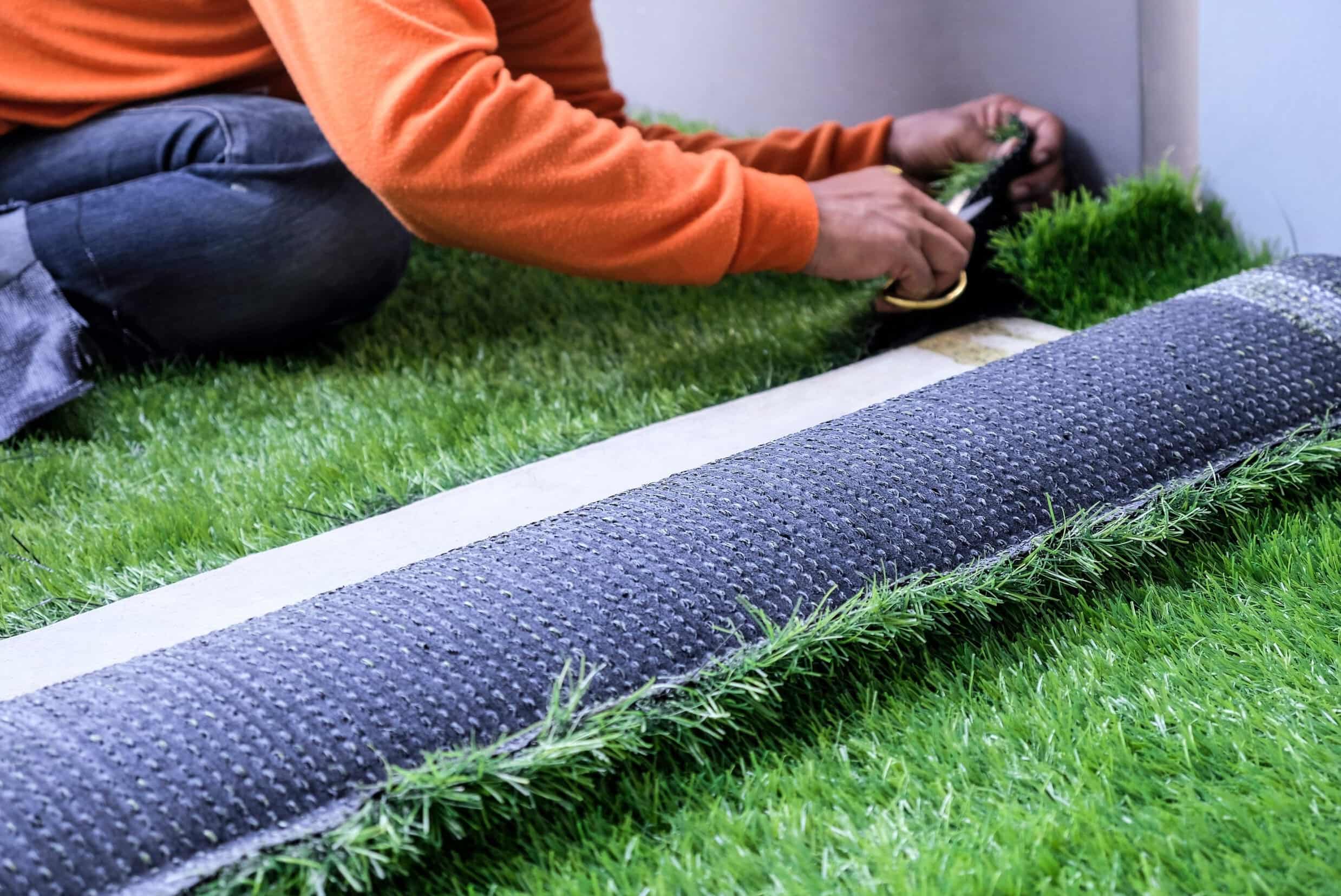
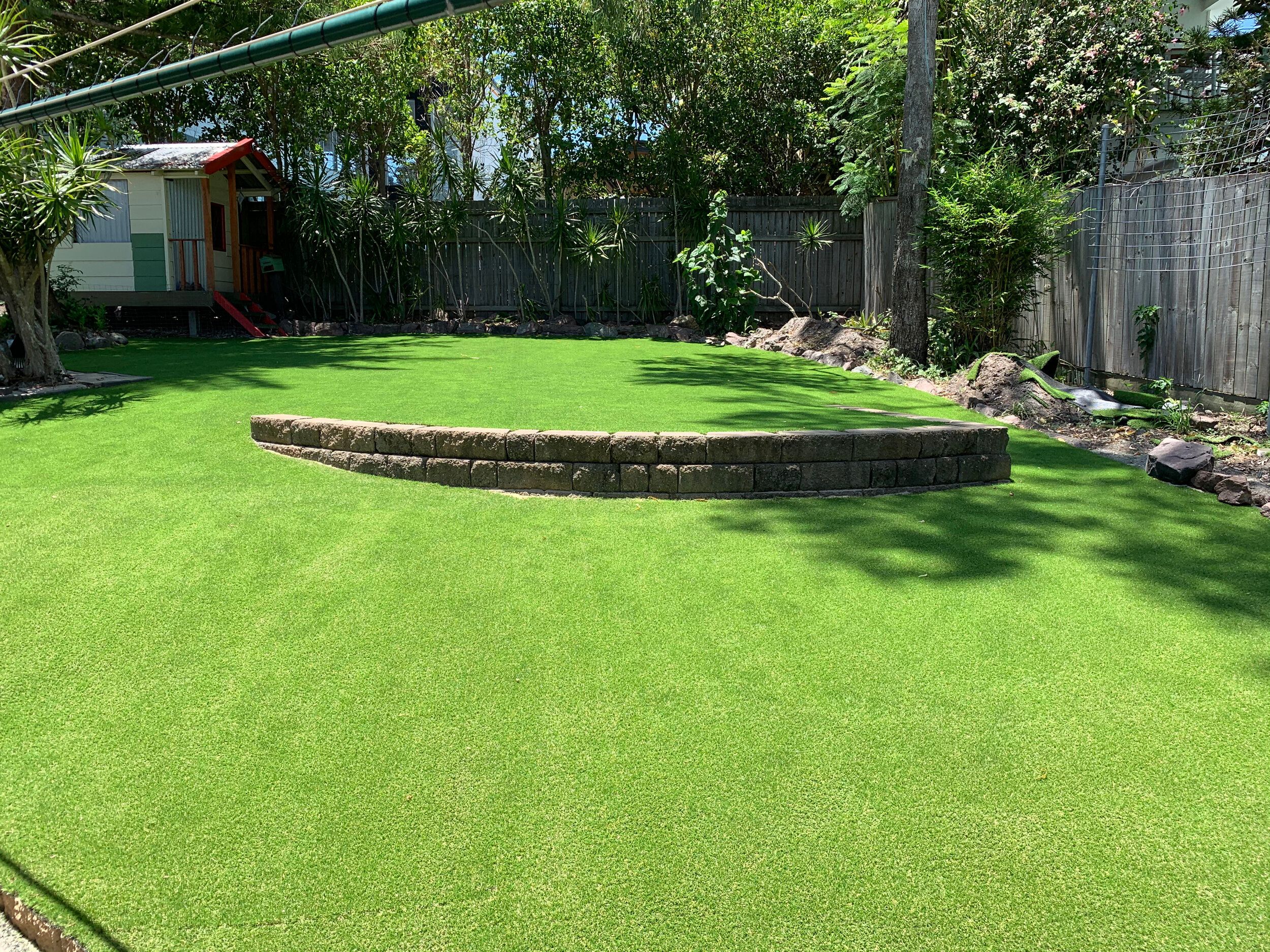
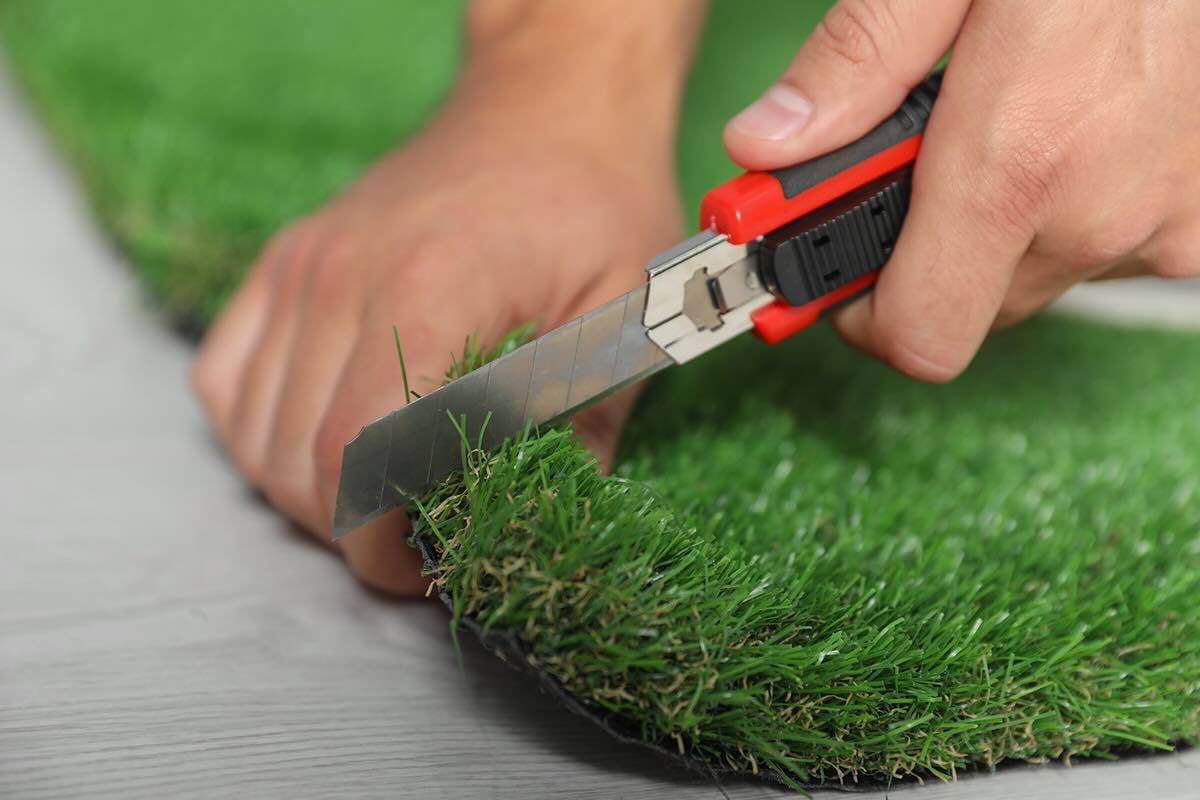
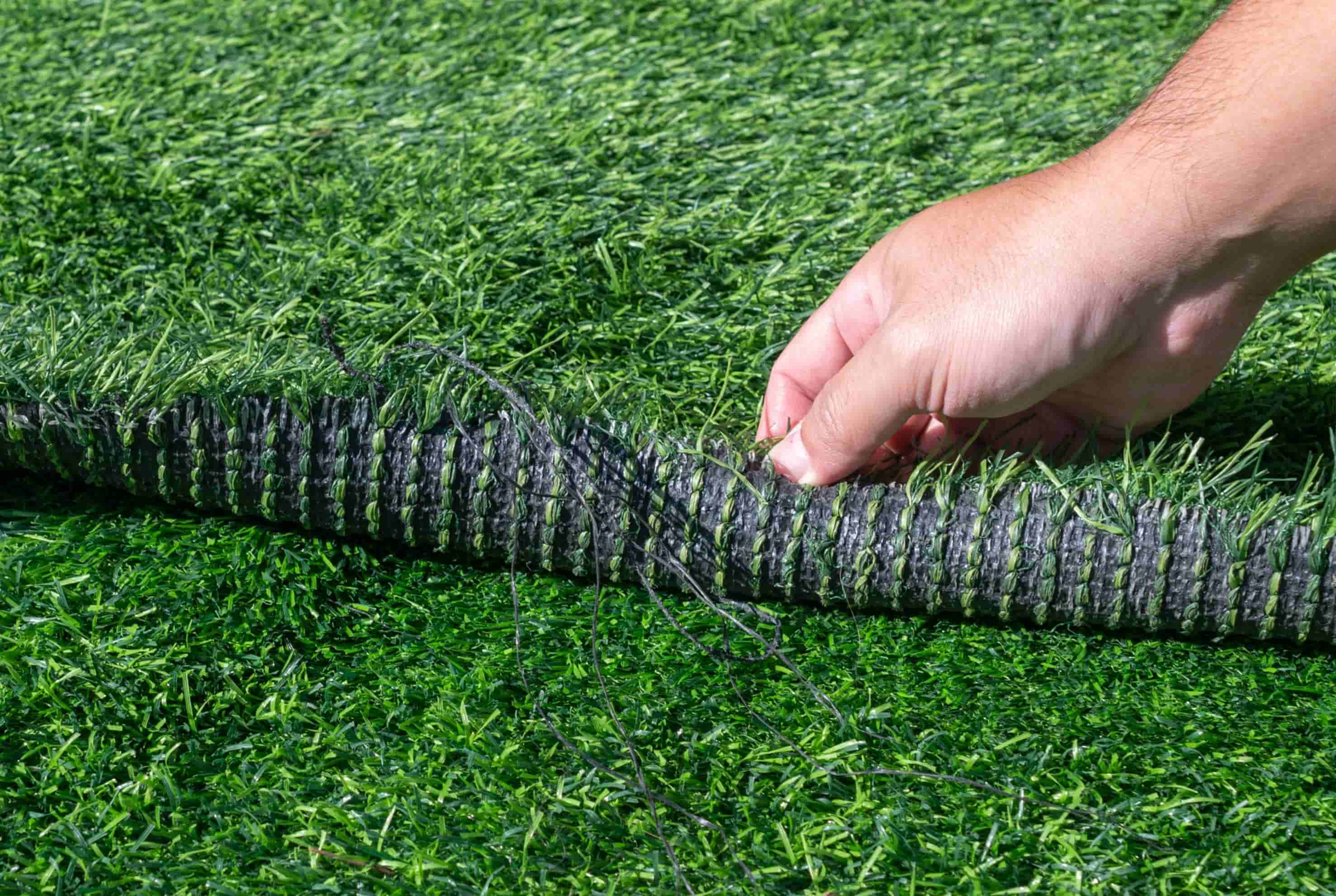
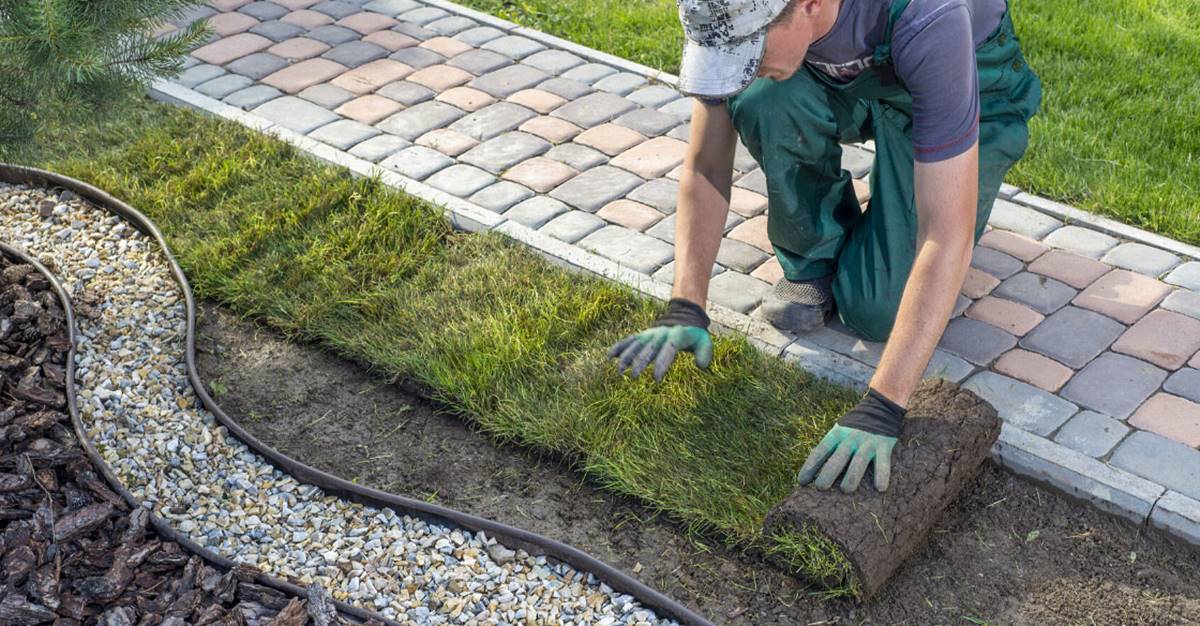
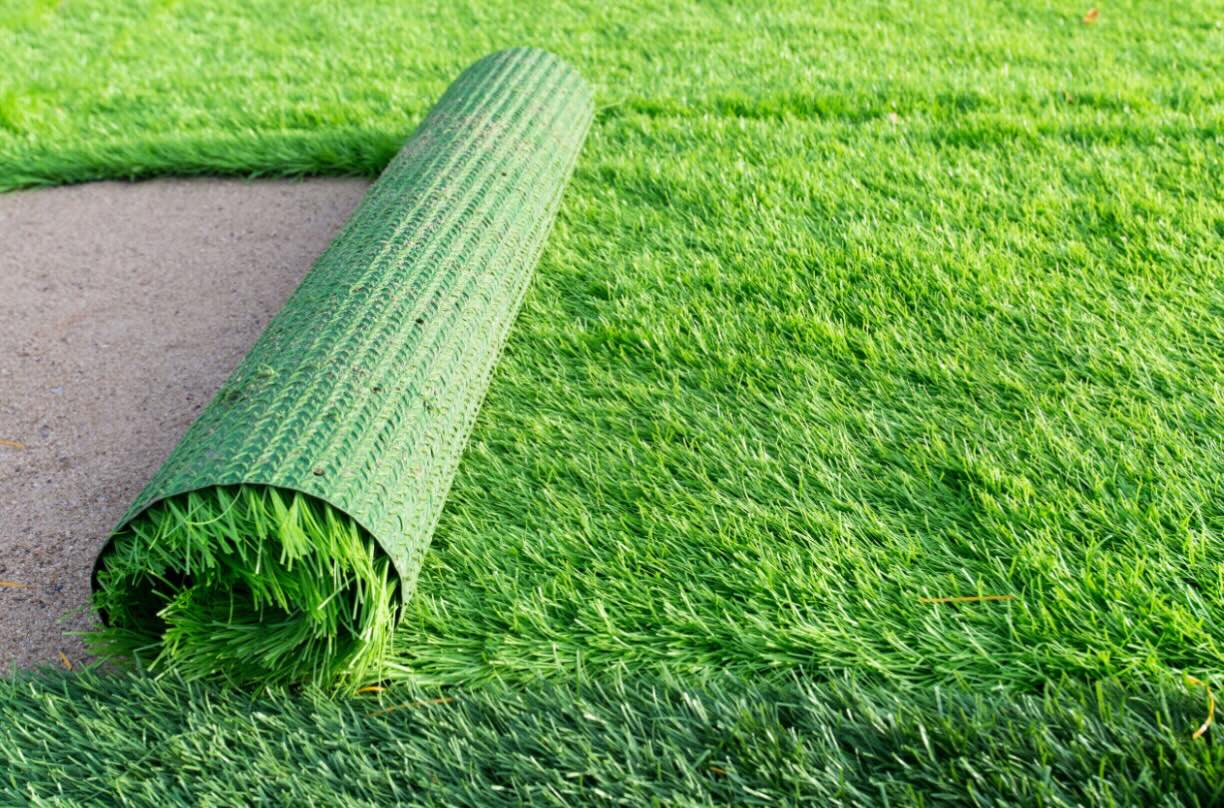
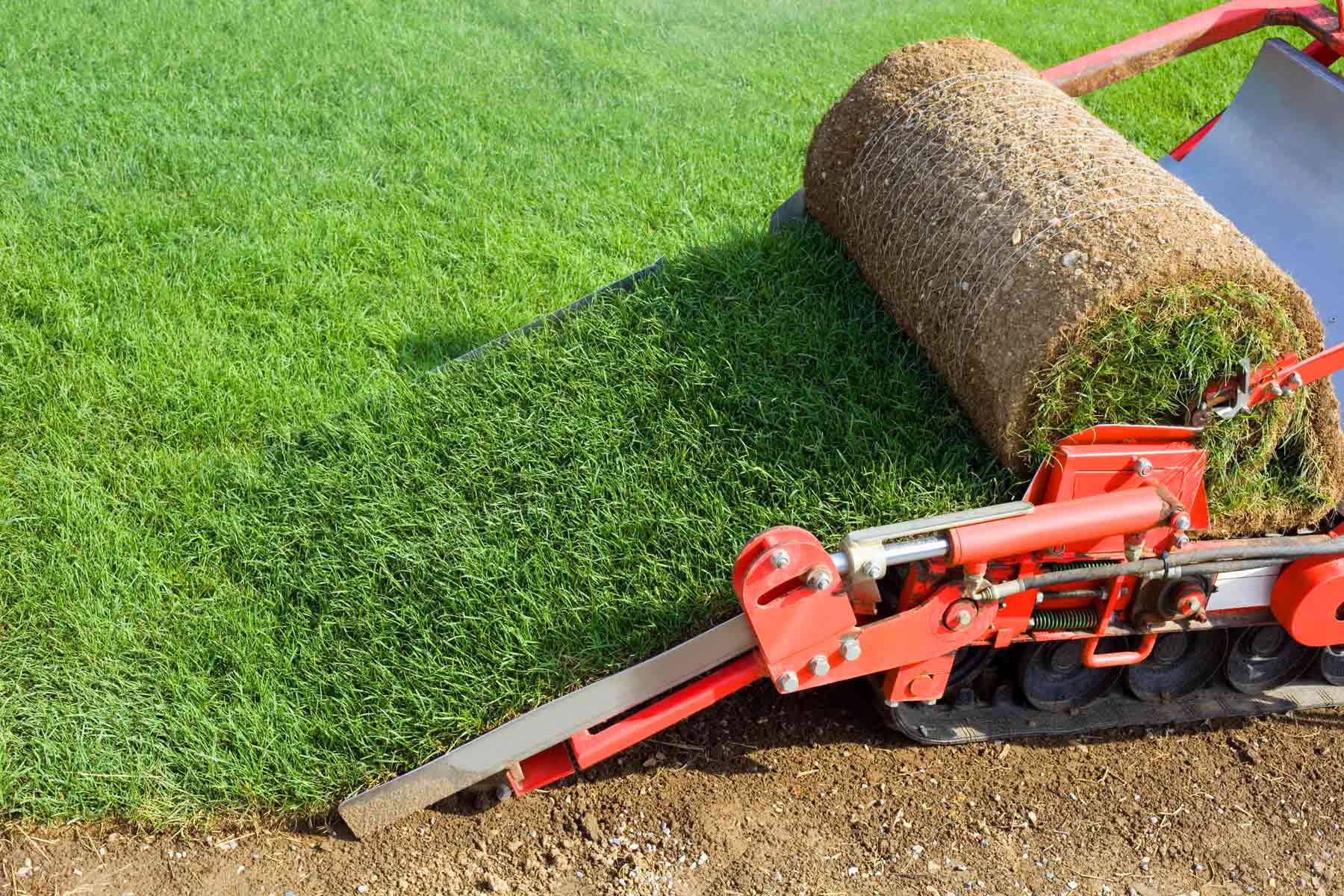

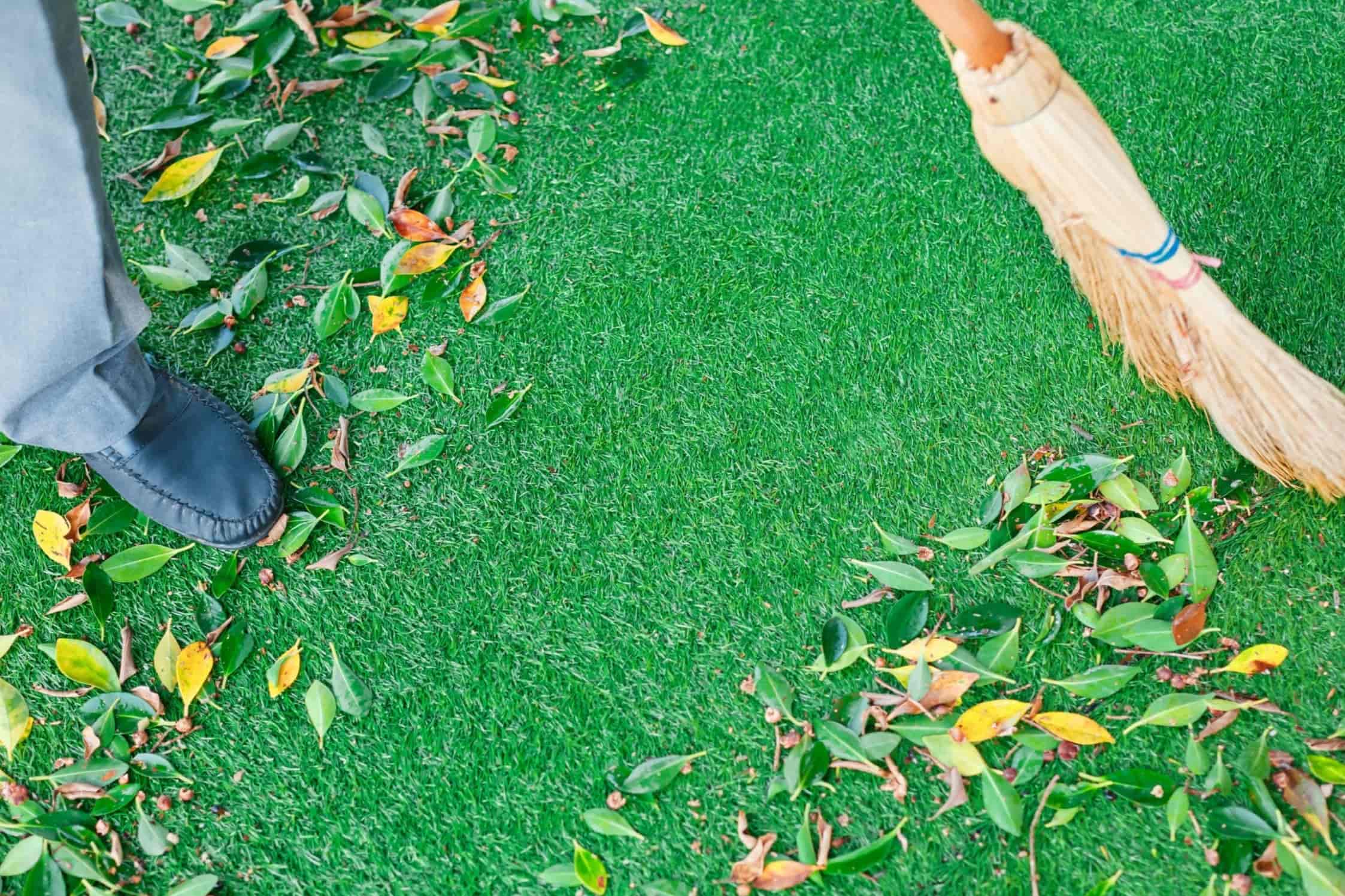

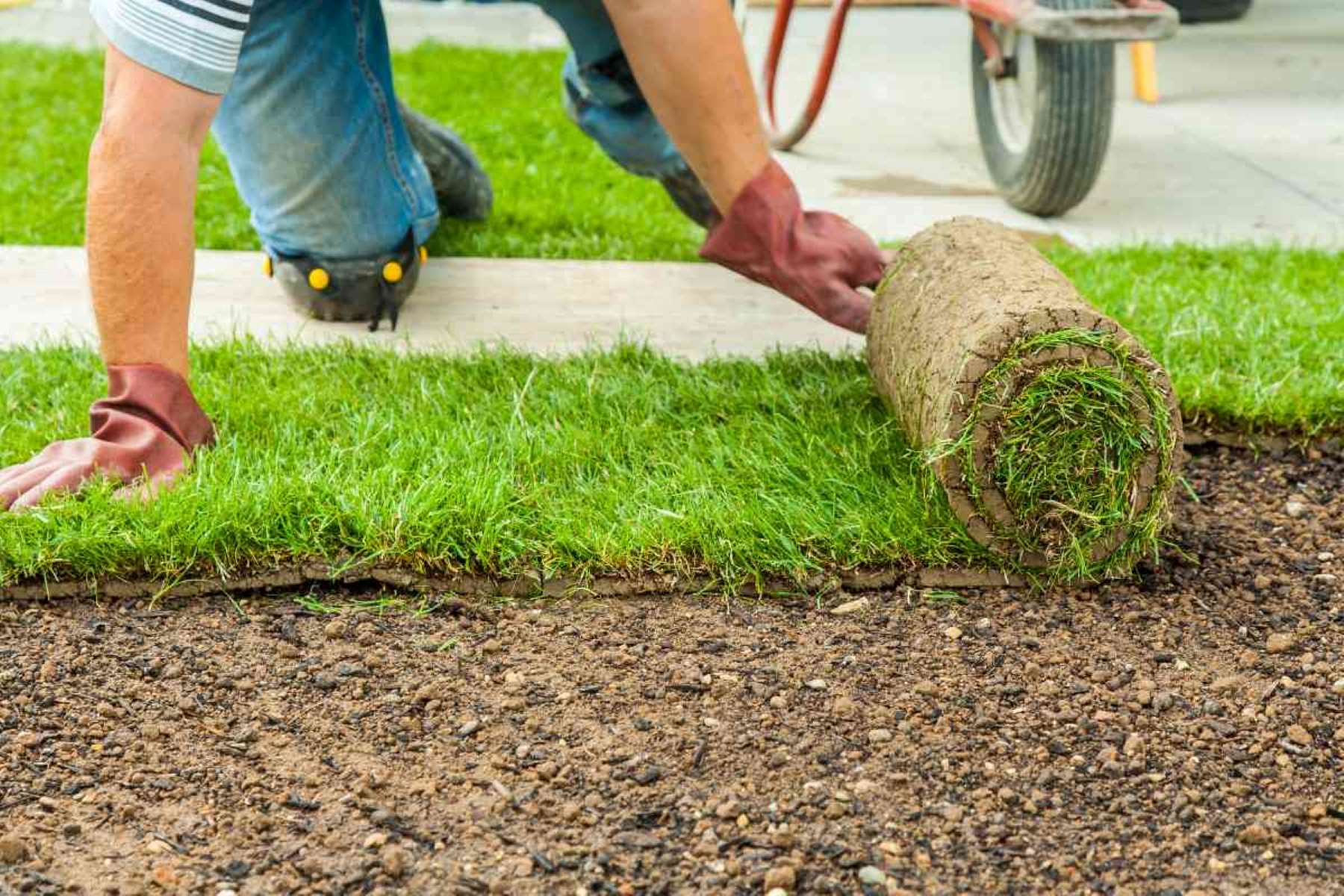
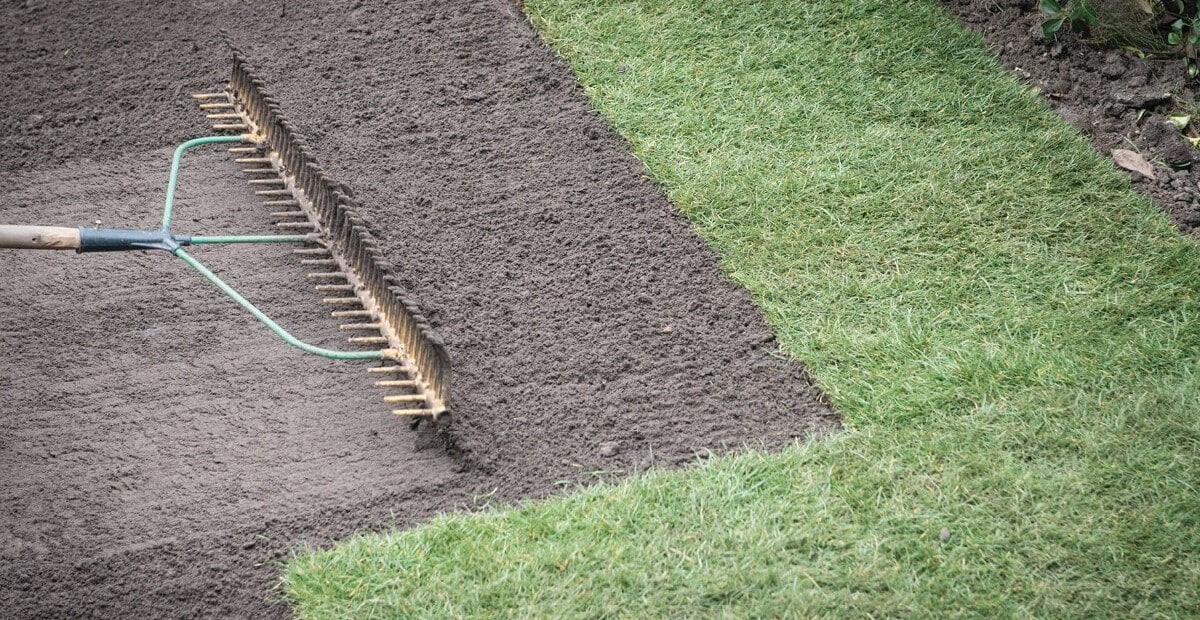
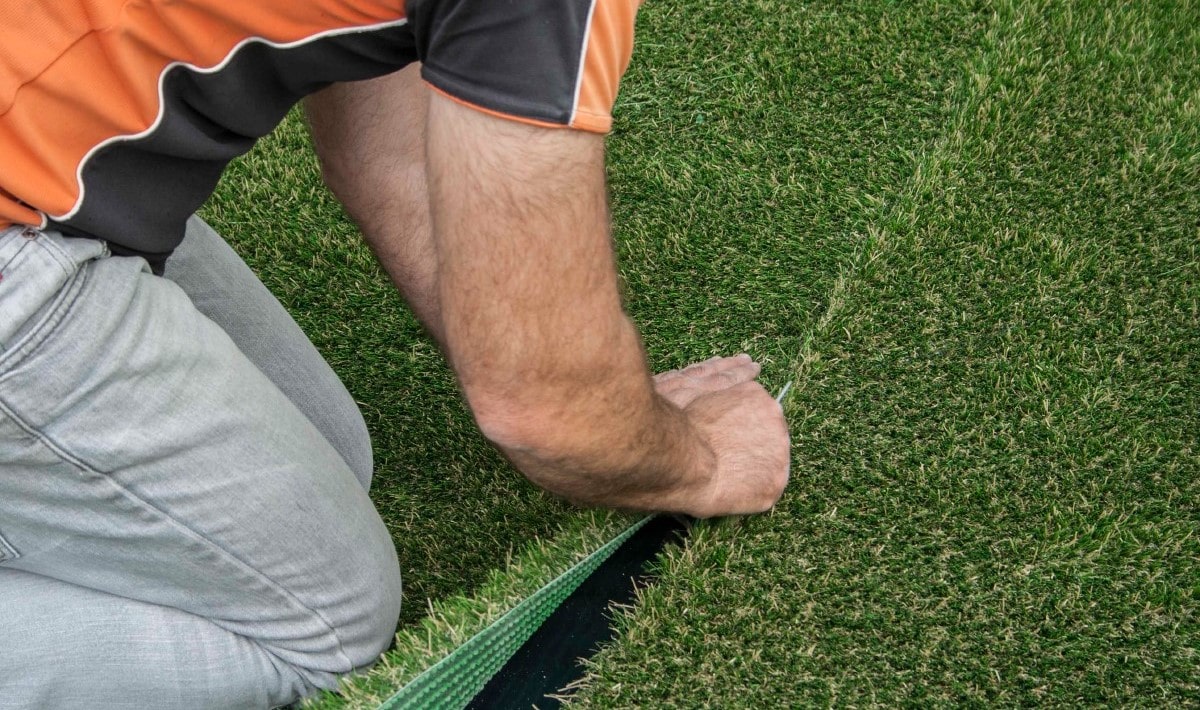


0 thoughts on “Who Is The Turf Grass Subject According To Robbins?”